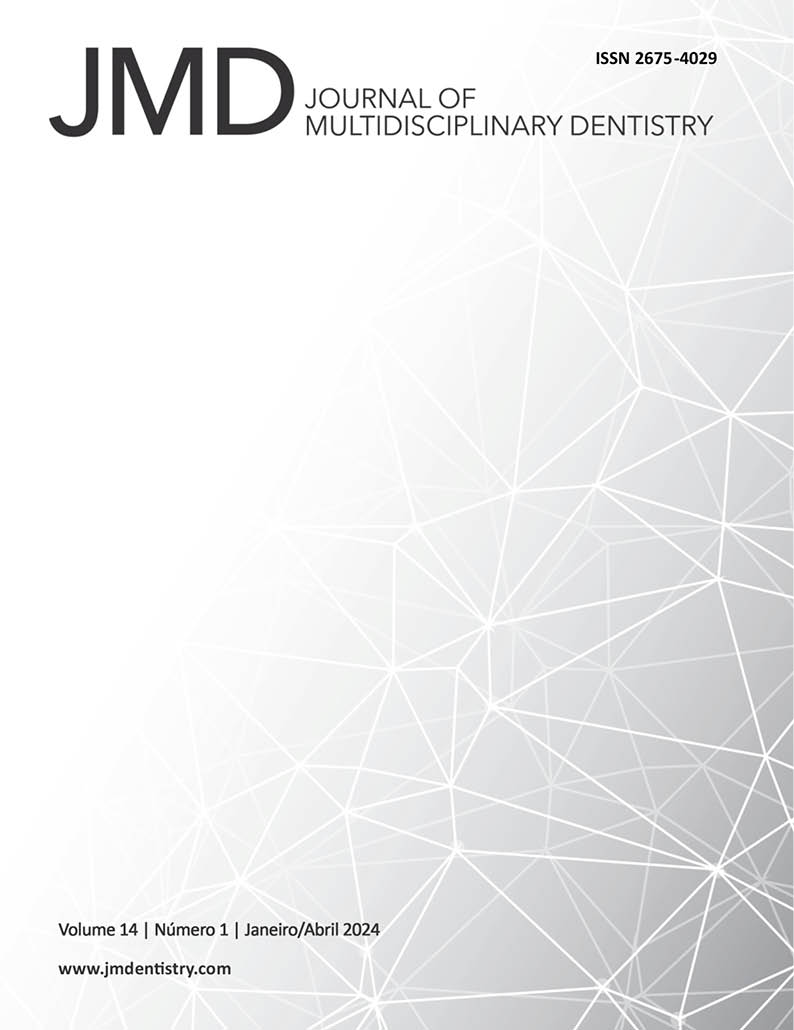Elastics and their properties in orthodontics: a review study
DOI:
https://doi.org/10.46875/jmd.v14i1.1058Keywords:
Elastomers, Dental materials, OrthodonticsAbstract
To conduct a literature review to present and discuss the composition, properties and indications of elastic bands in orthodontics. The present study was designed as a narrative literature review. Publications related to the objectives listed in this research, books and articles in portuguese or english, with no limit on publication date, available in full text, were included. Duplicate publications or publications with unavailable full text were excluded. The search for articles was carried out digitally, in the Virtual Health Library (VHL), Scientific Electronic Library Online databases (SciELO) and Google Scholar, using the following descriptors: elastomers, dental materials, orthodontics. Elastic bands are orthodontic resources used in the most diverse malocclusions. Among the advantages are low cost, easy insertion and removal by patients, as well as application versatility. The disadvantages highlighted were the need for patient cooperation and side effects such as resorption, dental gyroversion, and undesirable occlusal plane inclination. Knowledge of the biomechanics involved in the use of intermaxillary elastics should not be underestimated. Technology has developed elastic materials with better responses for orthodontics, which has increased the applicability of these materials in treatments. It is necessary for the orthodontist to understand the properties of elastics, whether they are latex or synthetics, as well as their limitations and risks, in order to achieve results with efficiency and predictability.


